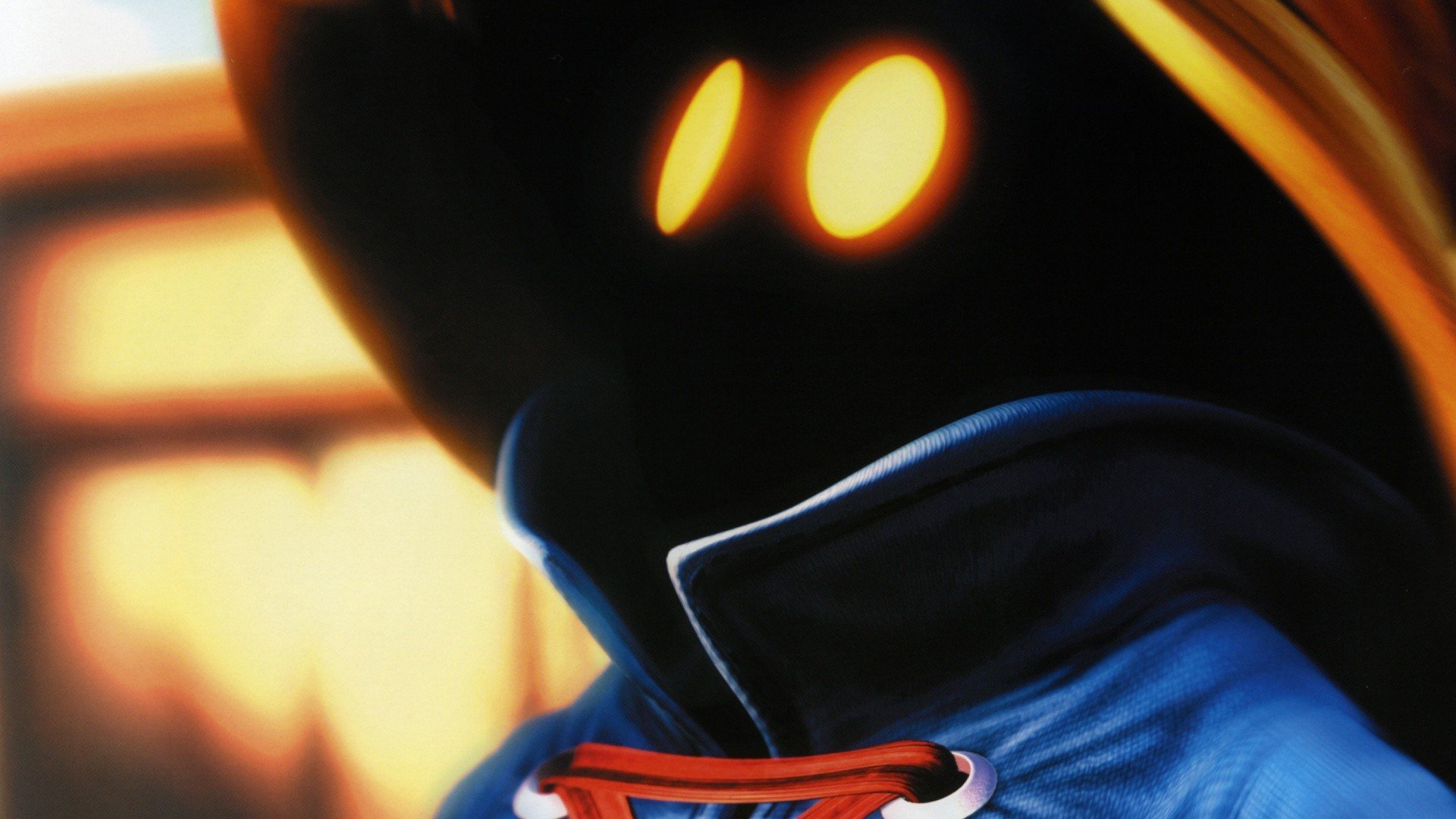I have an SSD from a PC I no longer use. I need to keep a copy of all its data for backup purposes. The problem is that dd reports "Input/output error"s when copying from the drive. There seem to be 20-30 of them in the entire 240GB drive so it is likely that most or all of my data is still intact.
What I’m concerned about is whether these input/output errors can cause issues in the image outside of the particular bad blocks. How does dd handle these errors? Will they be eg zeroed in the output or will the simply be missing? If they are simply missing will the filesystem be corrupted because the location of data has been shifted? If so, what tool should I be using to save what can be saved?
EDIT: Thanks for the help guys. I went with ddrescue and it reports to have saved 99.99% of the data. I guess there could still be significant loss if the 0.01% happens to be on filesystem structures, but in this case maybe I can use an undeleter or similar utility to see if I can get back the files. In any case, I can work at my leisure now that I have a copy of the data on non-failing storage.


Thanks for the explanation. I don’t really know how flash storage works. The fundamental idea of the problem I described would still apply, though as long as the input block size for
ddextends to more than one page of the underlying storage.For example, say that exactly three pages fit in a block. If
ddattempts to read pages A, B and C (ABC) and fails to read B, you would want the corresponding part zeroed in the output to preserve the offsets of all the other pages (A0C). But insteadddreads whatever it can for the entire block, then pads the rest of the block size with zeroes, effectively moving C forward (AC0). So essentially you magnify errors.